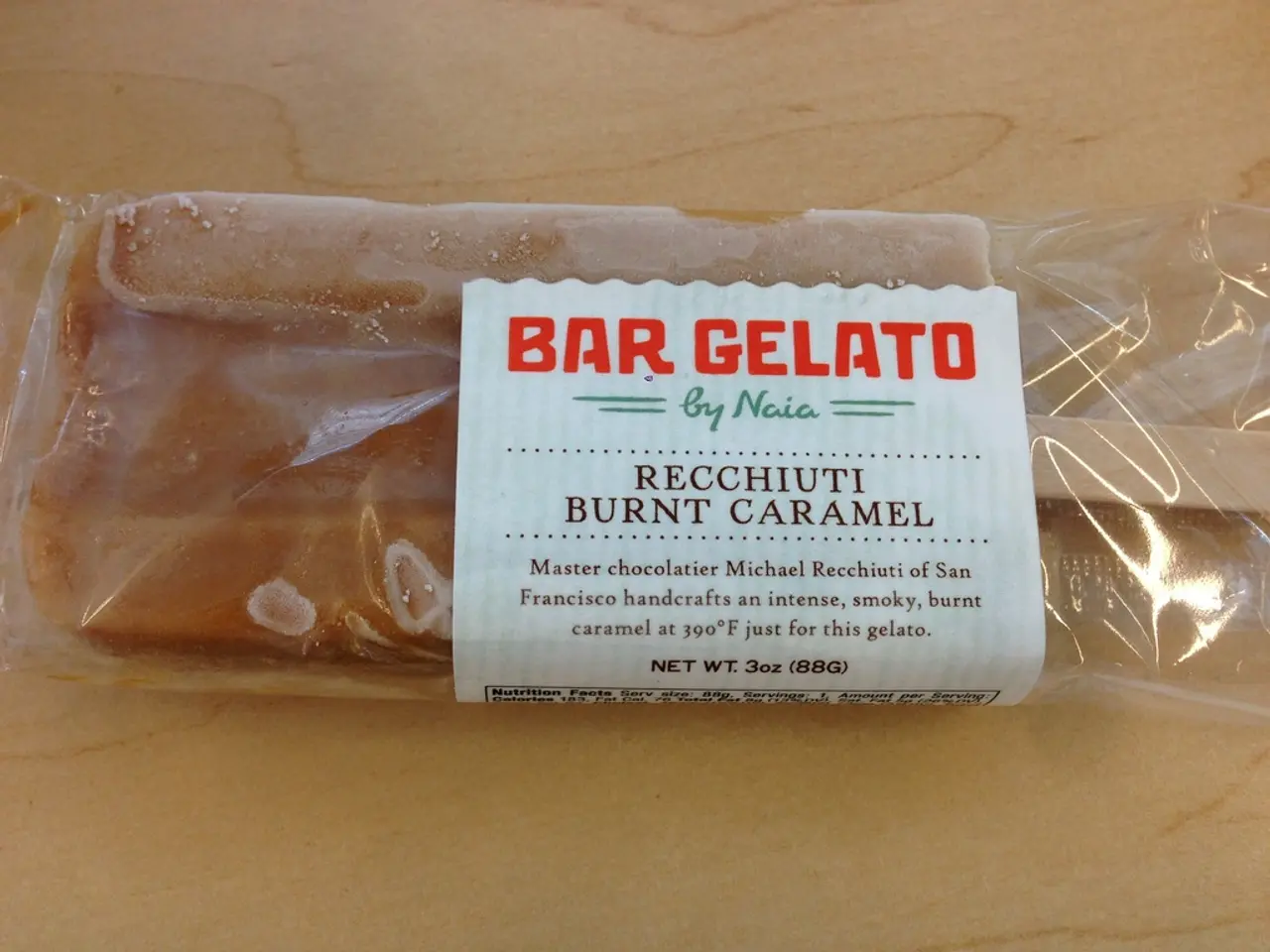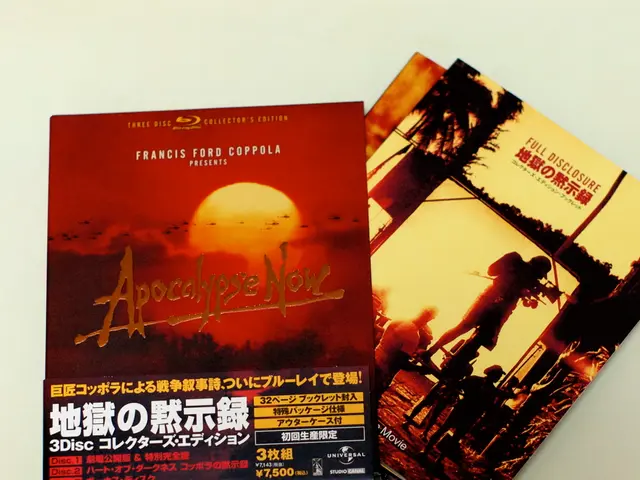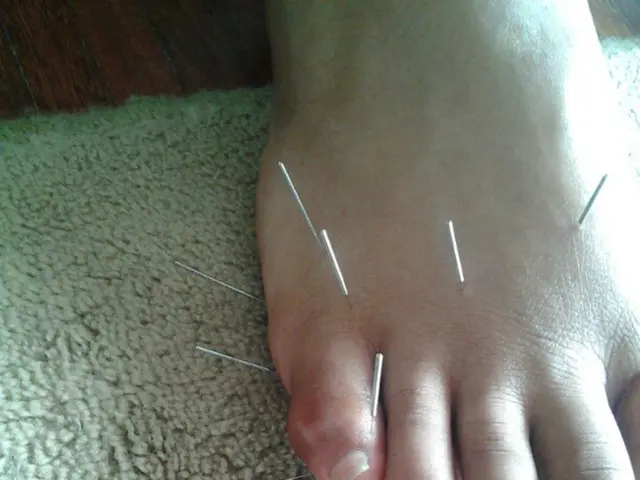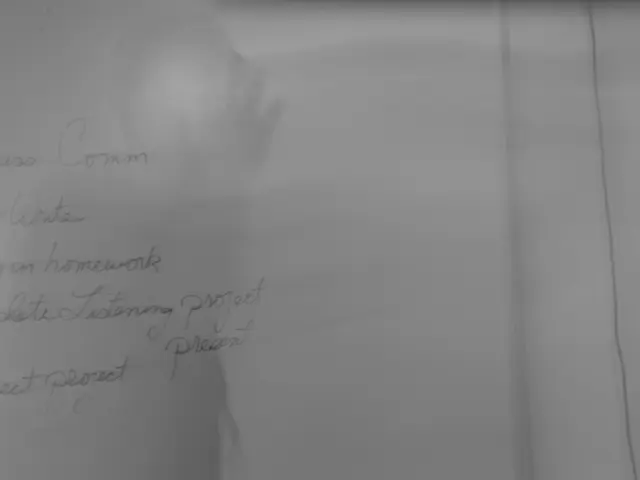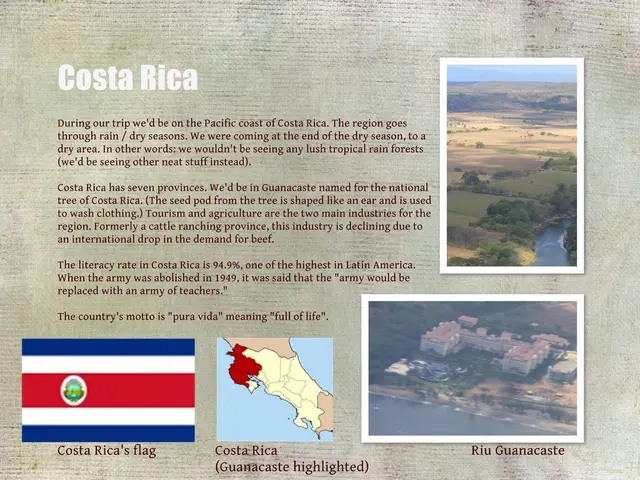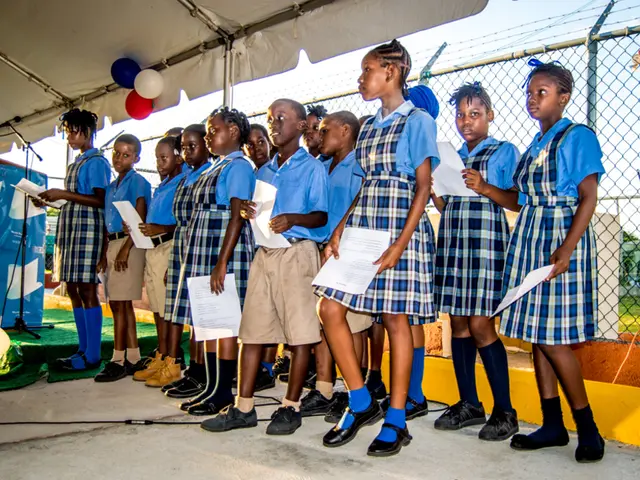Research on Frozen Water Properties
In a captivating science experiment suitable for grades 2-5, students are invited to delve into the world of heat absorption, reflection, and conduction. The aim? To understand how different surfaces affect the melting rate of ice.
To set up this engaging activity, you'll need a few simple supplies: black paper, white paper, aluminum foil, 3 identical ice cubes, a sunny spot, and some observation sheets.
The experiment begins by laying out the materials in the sun and placing one ice cube at the centre of each. As the sun beats down, the ice cubes start their race against time on their respective surfaces.
Black paper, with its ability to capture all colors of light and convert them into heat energy, causes the ice to melt quickly. On the other hand, white paper, which reflects most light, keeps the surface cooler and slows the melting process. Aluminum foil, while reflecting light, can transfer heat from its surroundings to the ice, affecting the melting rate.
As the experiment unfolds, students can visually see how surface properties like color and material influence temperature changes. They are instructed to observe which ice cube melts the fastest and record their results. For those who want to delve deeper, they can try other materials like plastic, wood, or fabric to observe their effects on the melting rate of ice.
This experiment is not just about melting ice; it's about teaching kids about how color and material properties affect temperature change. It demonstrates the principles of heat absorption, reflection, and conduction in a fun and hands-on way.
For those who want to take the challenge a step further, they can design a surface that keeps ice cubes frozen the longest. Or, they could try the Slippery or Sticky Ice Experiment, DIY Solar Oven, What Melts Experiment, or Ice Melt STEM Challenges.
To make the most of this educational experience, we've compiled a list of helpful science resources: Printable Science Project Pack, Best Science Practices, Science Vocabulary, All About Scientists, Free Science Worksheets, DIY Science Kits, Science Tools for Kids, Scientific Method for Kids, Citizen Science Guide, and even a Club to join.
So, grab your ice cubes, papers, and foil, and let's get started on this exciting journey of discovery!
Read also:
- Inherent Skills Know No Bounds, Yet Access to Employment Remains Unequal: Suggestions for a More Equitable Job Market of the Future
- Affordable supermarket purchases from dollar stores are not sabotaging typical American nutritional habits, according to research findings
- Impact of Chronic Stress on Cognitive Function and Brain Integrity Over Time
- Subaquatic Education Bundle
